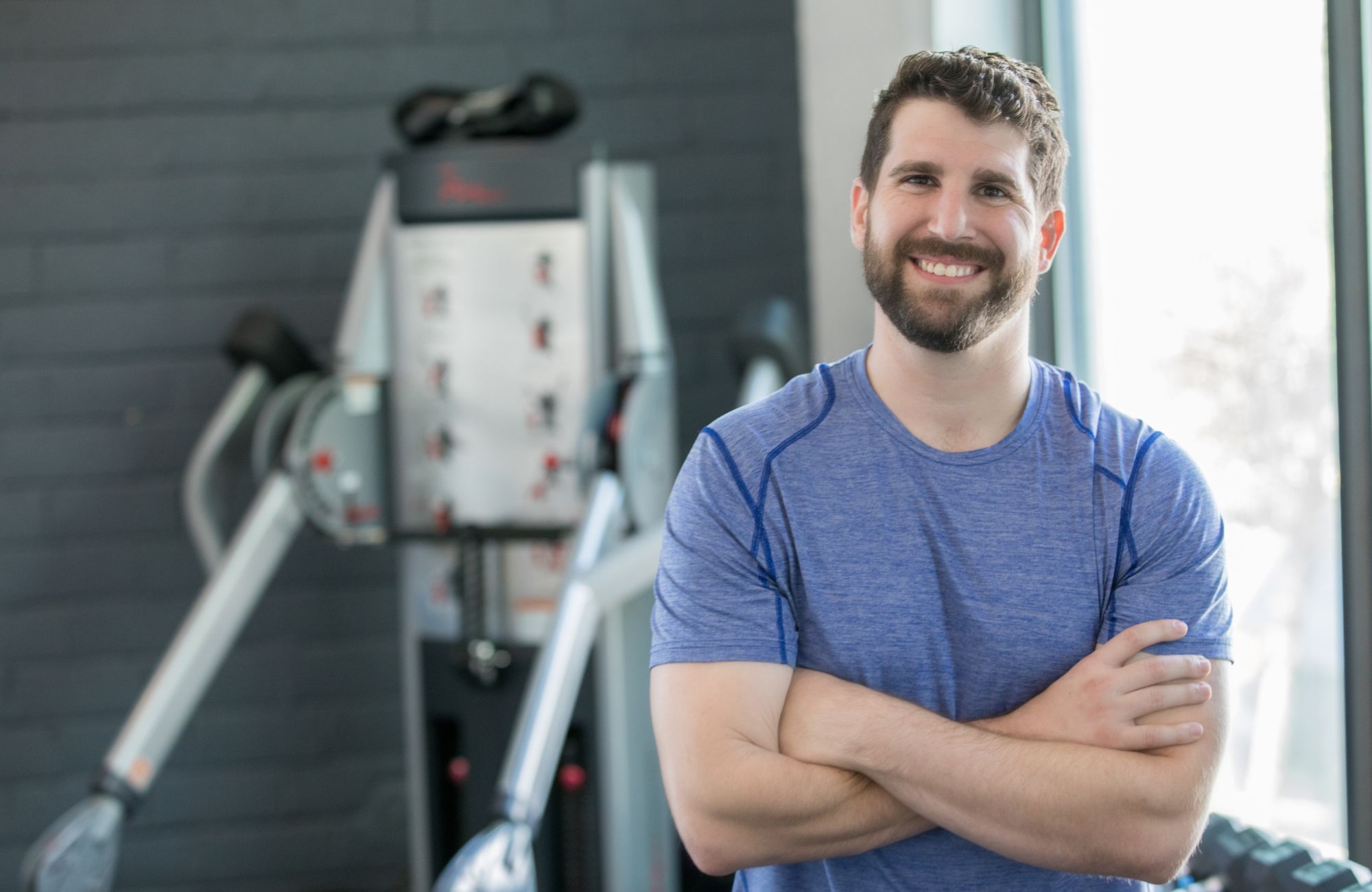Registered respiratory therapist jobs are growing fast across hospitals, rehab centers, outpatient programs, and home care settings. RRTs support treatment for respiratory conditions and cardiopulmonary disorders while helping patients manage breathing problems caused by illness, chronic disease, or injury. As demand continues to rise, healthcare professionals with strong clinical skills and certification have access to steady jobs, full-time and part-time schedules, and more remote and contract roles than in previous years.
This guide explains what a registered respiratory therapist does, how hiring works, the type of employers that need RRTs, and how job seekers can join high-demand positions across multiple states, including NY, FL, and UT.
What Registered Respiratory Therapists Do in Today’s Healthcare System
Registered respiratory therapists provide patient care for people with respiratory conditions. They assess patients, run tests, manage ventilators, maintain respiratory equipment, and educate families about home instructions. RRTs support newborns, children, adults, and older adults who need help with breathing, oxygen therapy, medication delivery systems, or long-term care. Their work helps improve patient safety and quality of care across many medical environments.
RRTs work with interdisciplinary healthcare professionals who depend on accurate communication and strong interpersonal skills. They play a consistent role in patient treatment plans and support daily work in hospital units, clinics, emergency rooms, and long-term programs.
Core Duties of a Registered Respiratory Therapist
Registered respiratory therapists assess patients with respiratory conditions and record clinical findings. They manage ventilators, maintain respiratory equipment, and perform bedside tests that guide patient care. They also educate patients and families on breathing techniques and treatment steps for home use.
The Work Environment for RRTs
Registered respiratory therapist jobs are available in hospitals, outpatient clinics, rehab centers, and home care programs. These settings depend on steady respiratory support for patients with chronic or acute conditions. RRTs can work full-time, part-time, nights, weekends, or contract roles based on staffing needs.
Required Education and Certification for RRT Jobs
Registered respiratory therapist positions require formal respiratory therapy education. Programs help students learn safe equipment handling, patient assessment, clinical reasoning, and foundation coursework that supports patient care across different treatment settings. Clinical rotations provide practical experience in critical care, emergency, pediatric care, and long-term programs.
Most states require certification and licensing before an applicant can be hired. RRTs complete NBRC exams, meet state application standards, provide verification documents, and maintain their status through continuing education. Employers depend on accurate records to confirm that patient services are safe and consistent.
Education Pathway
An associate or bachelor-level respiratory therapy education teaches students how to assess patients and manage respiratory equipment. These programs cover treatment for cardiopulmonary disorders and prepare students for clinical work. Graduates gain the training required to support patients across hospital and home care settings.
Licensing and Certification Requirements
RRTs must pass NBRC exams and meet licensing rules set by each state, including NY, FL, and UT. Employers require verified certification before hiring to maintain safe patient care. Respiratory therapists must also renew credentials regularly to continue working.
Skills Employers Look For
Employers look for RRTs with strong interpersonal skills, accurate charting, and consistent teamwork habits. They also want therapists who can manage ventilators and equipment safely during daily patient care. These skills help support quality outcomes in fast-paced clinical environments.
Types of High-Demand Registered Respiratory Therapist Jobs
RRTs can work in hospitals, subacute programs, long-term care units, home care, and remote support roles. Each job type requires different skills based on patient needs, equipment requirements, and the type of team environment a therapist prefers. Many RRTs move between different settings during their career to continue learning and developing experience for specialty roles.
Demand grows each year due to chronic respiratory conditions, more patients using ventilators, and the rising number of older adults with COPD or long-term breathing problems. As healthcare facilities continue searching for trained respiratory professionals, registered respiratory therapist jobs remain stable nationwide.
Hospital-Based RRT Jobs
Hospital RRTs work in ICUs, ER units, NICUs, and general care areas to support patients with acute respiratory needs. They manage oxygen therapy, assist with ventilators, and monitor patients who require continuous respiratory treatment. These roles require quick decision-making and strong coordination with the medical team.
Rehab and Long-Term Care Positions
Rehab and long-term care RRTs help patients with COPD, tracheostomy care, and chronic breathing issues. They maintain long-term equipment and support stable respiratory routines in structured settings. These jobs provide consistent schedules and steady demand from facilities.
Home Care and Community-Based Positions
Home care RRTs complete equipment checks, perform safety assessments, and guide families on proper device use. They monitor long-term ventilator patients and document changes in breathing patterns. These roles allow therapists to support patients in their home environment.
Remote and Hybrid Respiratory Therapist Jobs
Remote RRT jobs include telemonitoring, chart review, and patient education for long-term respiratory care. These roles are based on digital platforms that help track symptoms and equipment usage. They offer flexible schedules for therapists who want to work outside traditional hospital settings.
Travel, Contract, and Temp-to-Perm RRT Assignments
Contract-based RRT roles provide short-term opportunities across multiple states for therapists who want flexible schedules. These positions often offer higher pay due to immediate staffing needs. They also help RRTs develop new skills by working in different healthcare environments.
If you want access to hospital, home care, and contract RRT jobs with verified employers, you can explore open roles at our respiratory therapist staffing page.
Salary Data for Registered Respiratory Therapists
Registered respiratory therapists earn competitive pay based on certification, state, experience, and work setting. Hospitals often offer higher pay for urgent roles, nights, and high-acuity environments. Contract assignments may also offer higher pay for short-term coverage where employers need immediate support.
The table below provides a simple view of RRT pay factors.
National Pay Range and Influencing Factors
Pay for RRT jobs changes based on experience, education, and certification level. Therapists with strong equipment skills and RRT status often earn more than new graduates. State demand and the type of employer also influence hourly and annual wages.
| Factor | Impact on Pay |
|---|---|
| Certification (RRT vs CRT) | Higher certification increases earning potential |
| Experience | A higher year count increases pay |
| State | NY and FL have different rates based on local demand |
| Setting | Hospitals and ICUs pay more than outpatient or home care |
| Contract roles | Short-term needs often increase hourly wages |
Pay Differences by Work Setting
Hospital RRTs usually receive higher pay due to higher acuity patients and ventilator demands. Long-term care and outpatient clinics may offer lower rates because the patient’s needs are more stable. Contract roles sometimes pay more to fill urgent shifts.
How to Find Registered Respiratory Therapist Jobs With Strong Career Support
Most RRTs start their job search through hospital job boards, staffing agencies, and healthcare networks that hire for respiratory therapist jobs. Contract positions allow RRTs to work across state lines when licensure requirements are met, while full-time positions offer long-term stability for people who want consistent schedules.
Working with a therapy staffing agency provides access to opportunities that may not be listed publicly. Agencies provide resources for certification support, paperwork, hiring direction, and placement in high-demand areas.
Where Job Seekers Usually Start Their Search
Most RRTs begin their search through job boards, hospital sites, and respiratory therapy listings. Some reviews state licensing pages for open roles available in specific states. Staffing agencies are also a common source for job matches across multiple settings.
Why Many RRTs Work With a Therapy Staffing Agency
A therapy staffing agency gives RRTs access to full-time, part-time, remote, and contract roles. Job seekers can match with shifts that fit their preferred schedule and specialty. Agencies also help with documentation and state requirements.
What Employers Want From RRT Applicants
Employers look for therapists who document accurately and work well with clinical teams. They want applicants who handle equipment safely and follow protocols. Communication skills and reliability also influence hiring decisions.
How Flagstar Rehab Helps RRTs Find High-Demand Jobs
Flagstar Rehab connects registered respiratory therapists with high-demand jobs across NY, FL, UT, and other states. Their team supports applicants with certification records, hiring paperwork, onboarding, and shift matching for contract, part-time, full-time, and remote roles. Therapists can join hospital, rehab, or home care positions based on their goals and experience, and they receive guidance throughout the placement process.
Facilities partner with Flagstar Rehab to fill coverage needs with verified respiratory professionals who can manage ventilators, equipment, and daily patient care. Employers rely on consistent placement support to maintain patient safety during staffing shortages or busy periods. This service model helps both therapists and employers continue care without interruption.
To join high-demand RRT jobs across multiple states, you can connect with the Flagstar Rehab respiratory staffing team.
What to Expect During the RRT Hiring Process
The hiring process for registered respiratory therapist jobs is simple when all certification and state documents are prepared. Applicants submit their information, connect with a recruiter, view available jobs, and start the onboarding process. Each step is based on the applicant’s preferred setting, shift, and experience level.
Step 1: Submit Your Information
Applicants upload their resume, certification records, state licenses, and preferred work area for RRT job placement.
Step 2: Connect With a Recruiter
A recruiter reviews experience, shift preferences, location needs, and available roles in hospital, home care, or part-time settings.
Step 3: Review Job Matches
Applicants view open RRT jobs based on preferred shifts, pay range, required experience, and state availability.
Step 4: Get Hired and Start Work
Once a job match is accepted, applicants complete onboarding documents and begin work with continued support.
Conclusion
Registered respiratory therapist jobs allow applicants to support patients, manage specialized equipment, and contribute to consistent respiratory care. New graduates and experienced RRTs can work in hospitals, rehab centers, home care, or contract roles that match their schedule. These positions offer steady demand and clear opportunities for career growth.
If you want access to high-demand RRT roles with support for hiring and documentation, Flagstar Rehab can help you connect with employers nationwide. You can apply for hospital, home care, and contract jobs across multiple states. Submit your information to review open roles and join the respiratory staffing team today.
FAQs
Are RTS in high demand?
RTs are in high demand due to rising cases of chronic lung disease, COPD, and respiratory infections. Hospitals, long-term care facilities, and home care programs continue hiring to fill ongoing staffing gaps. The need is steady across most states and is expected to continue growing.
Where do RRTs get paid the most?
RRTs earn the highest pay in states with strong hospital networks and higher cost of living, including California, New York, and Massachusetts. Critical care units and contract roles often pay more than outpatient or long-term care settings. Travel assignments may also offer higher wages for short-term coverage needs.
Why are respiratory therapists in high demand?
Demand is rising due to an increase in older adults, chronic respiratory conditions, and long-term breathing disorders. Many patients need ongoing ventilator and oxygen management, which requires trained RRTs. Hospitals and rehab facilities also face staffing turnover, creating more open positions each year.
Will AI replace respiratory therapists?
AI will not replace respiratory therapists because respiratory care requires hands-on assessment, equipment management, and direct patient interaction. Technology may support decision-making, but clinical judgment and bedside care cannot be automated. RRTs will continue to be needed across all care settings.









